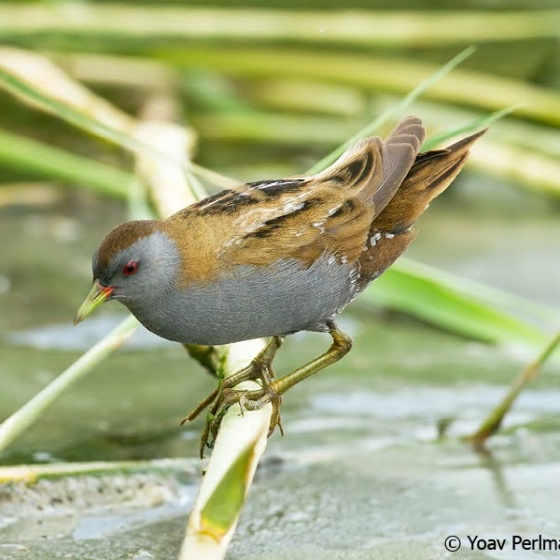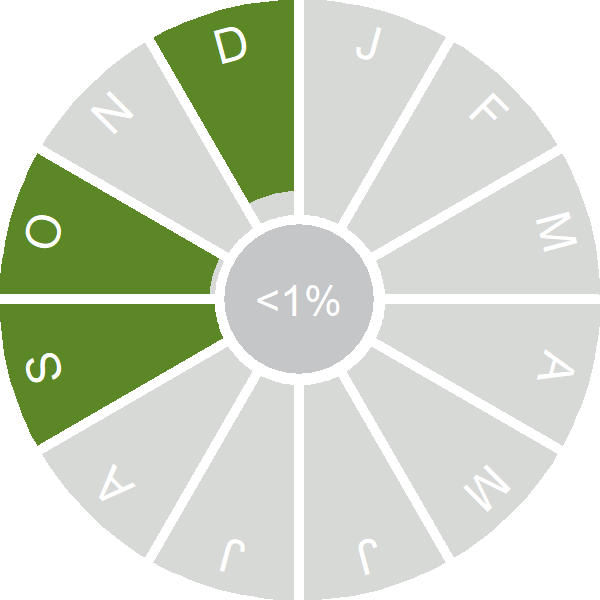Little Crake

Introduction
A rare visitor from Europe, records peak in the spring and there is a definite southern and eastern bias to them.

Key Stats
Status and Trends
Conservation Status
Population Size
Population Change
Population trends of this scarce species are not routinely monitored.
Distribution
This species is a rare vagrant and was recorded during Bird Atlas 2007–11 as shown on the map.
or view it on Bird Atlas Mapstore.
European Distribution Map
Distribution Change
This vagrant is too rarely reported to map distribution change.
Change in occupied 10-km squares in the UK
Seasonality
Little Crakes are a very rare and sporadic vagrant.
Weekly pattern of occurrence
The graph shows when the species is present in the UK, with taller bars indicating a higher likelihood of encountering the species in appropriate regions and habitats.

Movement
Britain & Ireland movement
Biology
Survival and Longevity
Survival is shown as the proportion of birds surviving from one year to the next and is derived from bird ringing data. It can also be used to estimate how long birds typically live.
Classification, names and codes
Classification and Codes
- Order: Gruiformes
- Family: Rallidae
- Scientific name: Zapornia parva
- Authority: Scopoli, 1769
- BTO 2-letter code: JC
- BTO 5-letter code: LITCR
- Euring code number: 4100
Alternate species names
- Catalan: rascletó
- Czech: chrástal malý
- Danish: Lille Rørvagtel
- Dutch: Klein Waterhoen
- Estonian: väikehuik
- Finnish: pikkuhuitti
- French: Marouette poussin
- German: Kleines Sumpfhuhn
- Hungarian: kis vízicsibe
- Icelandic: Flóðrella
- Irish: Gearr Beag
- Italian: Schiribilla
- Latvian: mazais ormanitis
- Lithuanian: plovine vištele
- Norwegian: Sumprikse
- Polish: zielonka
- Portuguese: franga-d'água-bastarda
- Slovak: chriašt malý
- Slovenian: mala tukalica
- Spanish: Polluela bastarda
- Swedish: mindre sumphöna
- Welsh: Rhegen Fach

